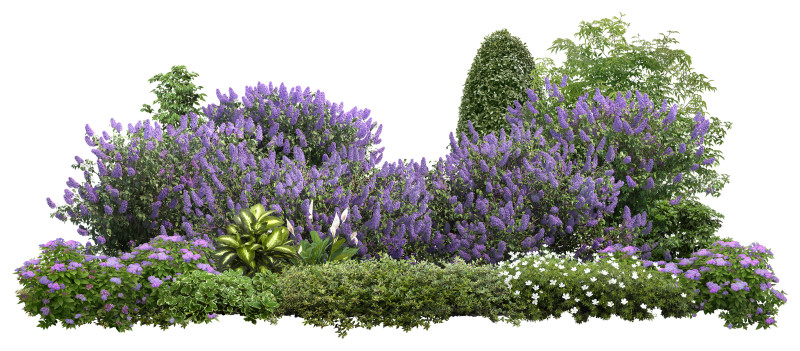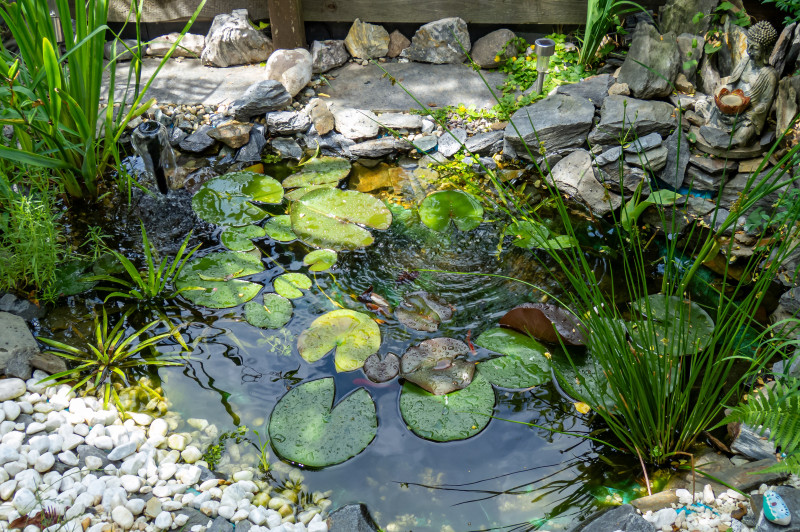From the treetops to belowground, a healthy backyard wildlife habitat hosts a myriad of animals, and they all need safe places for their young. The more nesting places in your yard, the more inviting it will be. Here’s what to offer.
Nesting places for birds
Birds are among the most visible animals in a yard. For most, trees are essential, but some species will construct nests in other places. All about birds
- Trees
- Dense shrubs
- Tall grasses
- Thorny thickets, such as pyracantha
- Birdhouses
Nesting places for mammals
One kind of mammal or another will use these places. Urban mammals
- Tree
- Hollow log
- Under a log
- Woodpile
- Rockpile
- Abandoned burrow
- Abandoned owl house
- Tall grasses
- Berm or dirt mound for digging a den
- In thick shrubs
Places for insects
Don’t overlook insects! They’re beneficial and need places to lay their eggs. Fortunately, there’s hardly a spot they won’t use in a healthy yard.
- Shrubs and flowers
- Tree leaves and under bark
- Woodpiles, brush piles
- Grasses
- Leaf and plant litter
- Butterfly house
- Insect house
Water
Water is surprisingly important. Some mammals, such as Northern Raccoons and bats, like to be near water. Amphibians, such as frogs and toads, need water in which to lay their eggs and for their offspring. Even some songbirds, such as Tree Swallows, nest near water. Dragonflies and many other insects use the space above and around ponds, streams, and other water sources for courting and mating, and they lay their eggs in the water. Most of us don’t have a large pond or stream, but even small sources are beneficial. More about water for wildlife
- Water feature
- Small pond
- Whiskey half-barrel with a water plant and a pump for aeration
- Water garden
More reading:
How to design a backyard wildlife habitat
Insects rule! Yes, they really do!
Yes, animals have feelings!





